If we want to get nitty-gritty with terminology, a revolver has chambers that are not integrated with the barrel itself. A pistol’s chamber is actually part of the barrel. The significance of that is that a revolver has multiple chambers where cartridges hang out until they are rotated into alignment with the barrel prior to shooting. A pistol feeds cartridges from a magazine one by one into the single chamber that’s part of the barrel. Clear as mud?
Here’s why that’s significant in terms of expectations for your first revolver experience. The loading and unloading processes differ greatly from that of a semi-automatic pistol. The trigger operation is different too. We’ll talk about that in more detail in a moment.
Loading and Unloading
One nice feature of revolvers is that most are easy to load and unload. Double-action revolvers allow the entire cylinder to swing open so you can clearly see and access the chambers. If that cylinder is open, the gun can’t fire, and you can verify that the revolver is unloaded.
Loading a revolver is simple. If you see an empty hole, drop a cartridge in. When finished, swing the cylinder shut and you’re ready to go. Unloading is also simple, but it requires one extra step. Once you swing open the cylinder, you must remove the spent cases. Most double-action revolvers have an ejector rod under the barrel. Push that and the extractor pushes out all the empty cartridge cases at once. If you point the muzzle up (and downrange) while doing this, the cases will normally just fall out onto the ground.

Most double-action revolvers have an ejector rod under the barrel to push empty cartridges out of the cylinder all at once.
There are single-action revolvers (think cowboy guns) that operate a little differently. Most of those have cylinders that don’t swing open. You have to load and unload each cartridge through a single loading port as you rotate the cylinder. Since we’re talking about all of this in a concealed carry context, we’ll stay out of the details for single-action revolvers. For now, just know there are differences in how they operate.
Read the rest: What to Expect When Shooting a Revolver for the First Time – USCCA

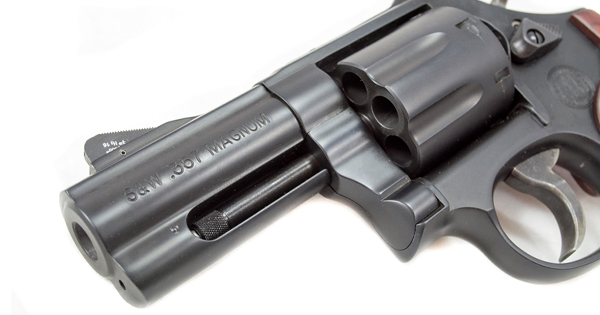
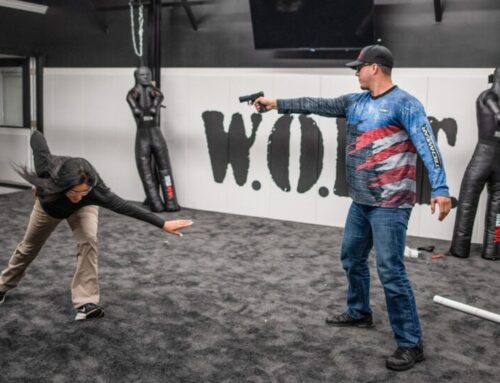
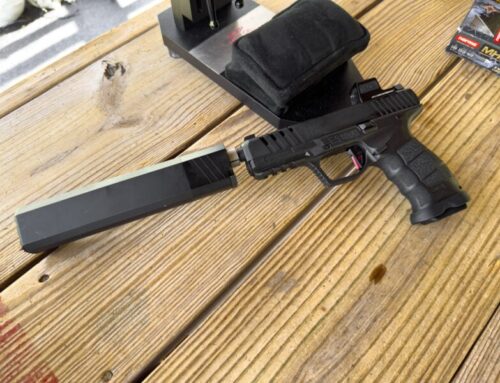
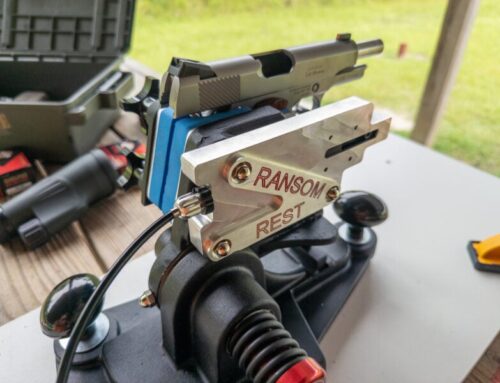
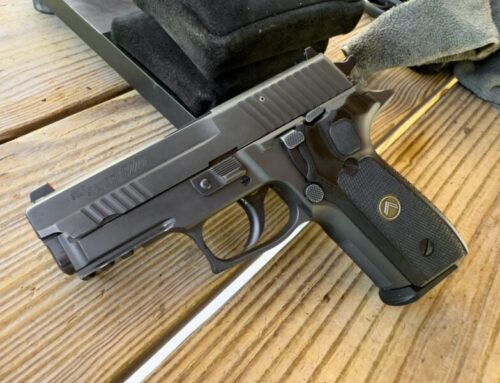
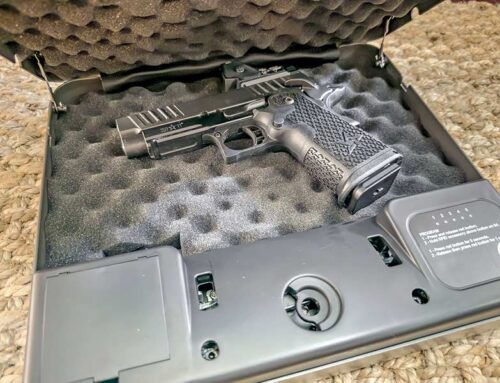
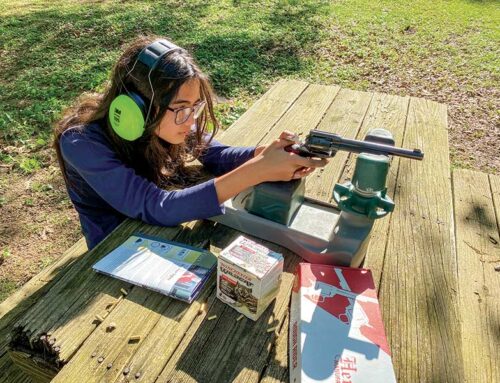
Leave A Comment